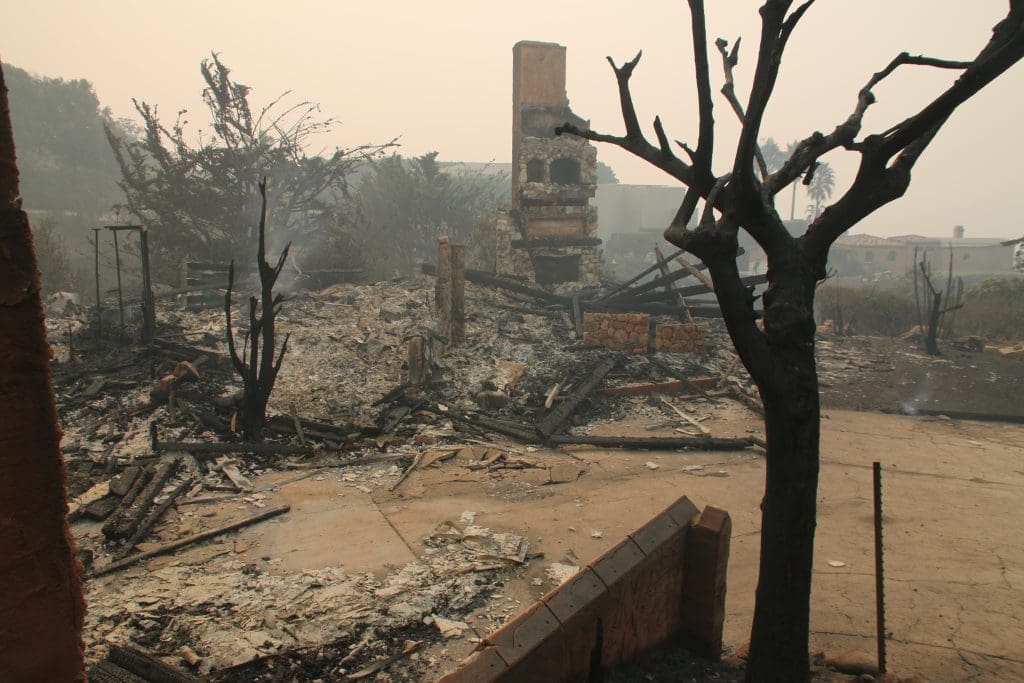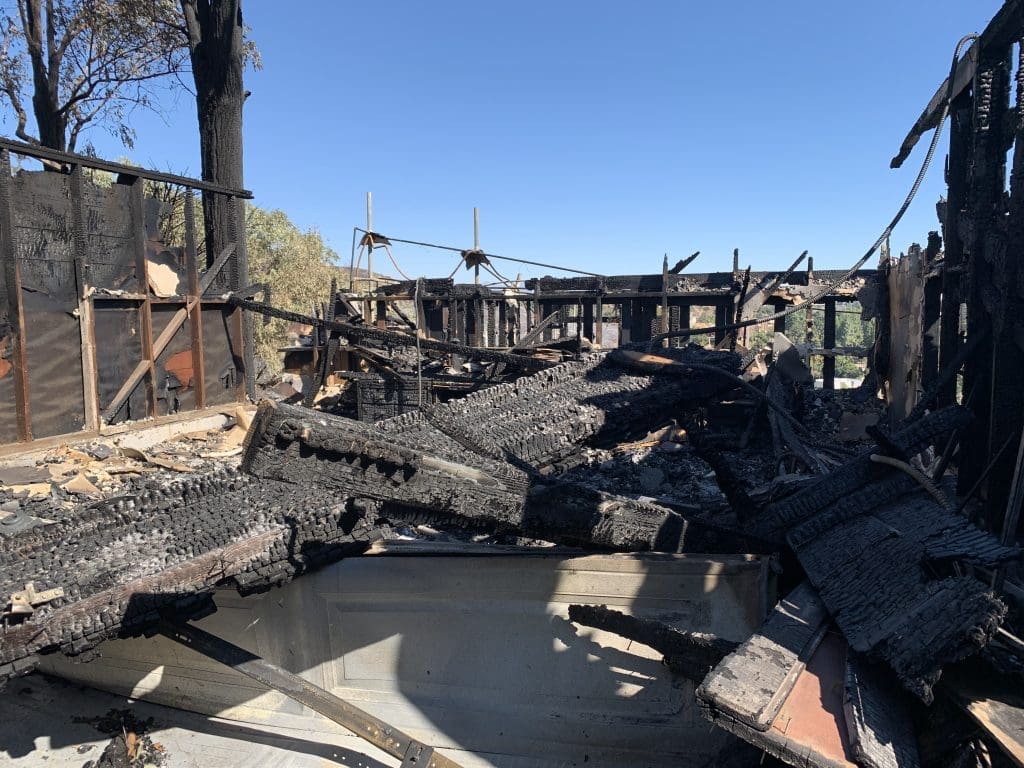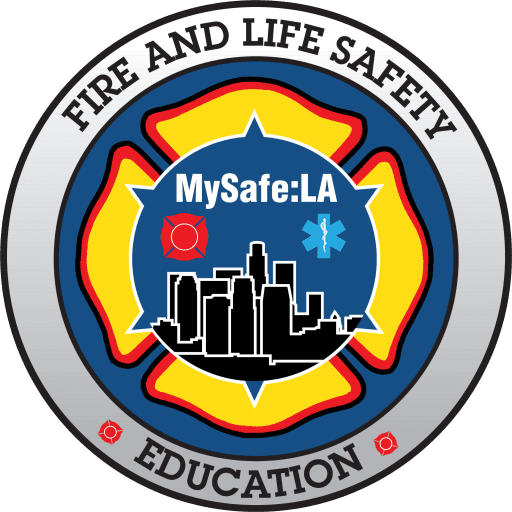Health & Safety
When returning to a home impacted by a wildfire (or even a structure fire), there are several issues to consider. These issues are directly related to your health and that of anyone who returns to the property with you.


The Atmosphere Will Likely Be Poisonous
The Danger Burned Wood Presents

The Dangers Presented by Dioxins
In the aftermath of structure fires and wildfires, particularly in areas where plastics, synthetic materials, electronics, or household products containing polyvinyl chloride (PVC) have ignited, an array of highly hazardous and carcinogenic chemicals is generated. These dangerous compounds are often either overlooked or completely disregarded. One chemical of particular concern is dioxin, which many experts regard as the second most toxic chemical known to humanity, second only to radioactive waste. This substance is not only highly toxic to all forms of life but is also significantly more lethal than well-documented hazards like asbestos or lead. Furthermore, the World Health Organization classifies dioxin as part of the infamous “Dirty Dozen” – a notorious group of harmful chemicals commonly referred to as persistent organic pollutants (POPs).


